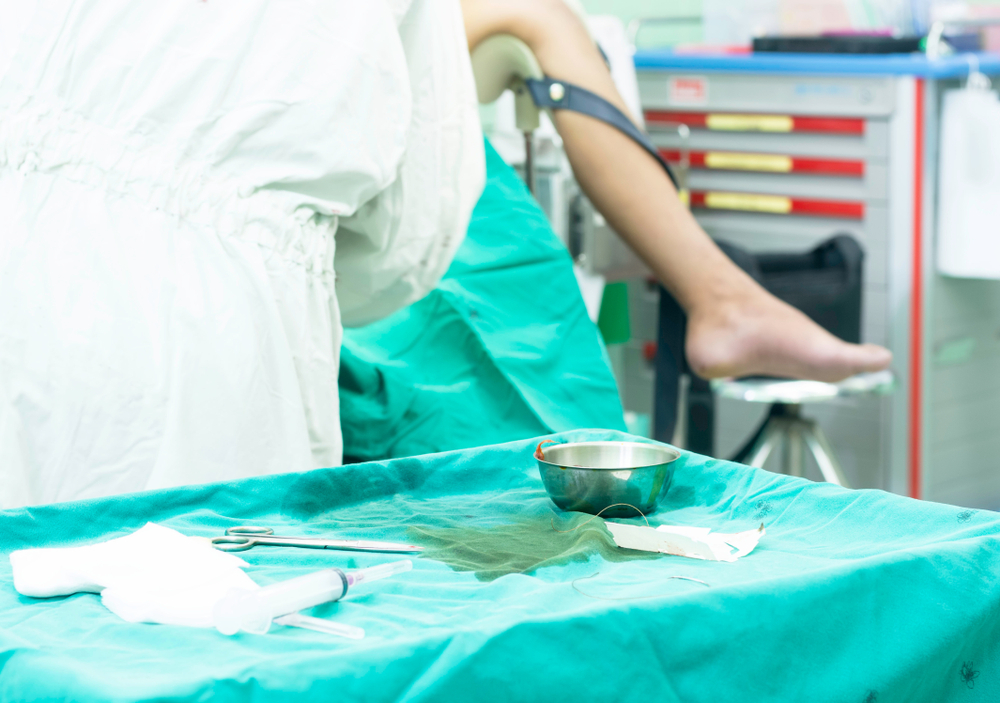Best Info About How To Treat Postpartum Hemorrhage

Treatment of postpartum hemorrhage fluid resuscitation and sometimes transfusion uterine massage removal of retained placental tissue repair of genital tract lacerations uterotonics (eg, oxytocin, prostaglandins, methylergonovine).
How to treat postpartum hemorrhage. Treatment for postpartum hemorrhage may include: Healing postpartum hemorrhage (pph) refers to serious blood loss that occurs after childbirth.
Oxytocin is the most effective treatment for postpartum hemorrhage, even if already used for labor induction or augmentation or as part of amtsl. Hematologists need to focus their attention on patient blood management, acute coagulopathy, hemostatic monitoring with targeted use of blood components and hemostatic agents, the impact of massive hemorrhage packs,. Be sure to take care of yourself in the days following delivery — eating healthy, drinking lots of water and resting as much as possible.
The colour of the blood should change from bright red to brown over a few weeks. It’s typical to experience some bleeding, known as lochia, after having a baby. Postpartum hemorrhage (pph) is an obstetric emergency.
Tranexamic acid, which prevents blood clots from breaking down, can be administered when initial therapies fail and has been shown to reduce mortality when given within three hours of birth. The traditional definition of primary pph is the loss of 500 ml or more of blood from the genital tract within 24 hours of the birth of a baby. This vaginal bleeding is called the lochia and it will usually have stopped by the time your baby is 12 weeks old.
She presents how mayo clinic has managed pph and when physicians might consider referral. How is postpartum hemorrhage treated? Timely recognition, availability of appropriate resources, and appropriate.
Usually, this happens in the first 24 hours after giving birth, but it’s possible up to 12 weeks postpartum. Other medical and surgical approaches to treat postpartum hemorrhage include intrauterine balloons and tranexamic acid. Primary postpartum haemorrhage occurs within the first 24 hours of delivery, whereas secondary postpartum haemorrhage occurs between 24 hours and 12 weeks after delivery and is less common.
Interventions to treat pph generally proceed from less to more invasive and include compression techniques, medications, procedures, and surgeries. Traditionally, postpartum hemorrhage (pph) has been defined as greater than 500 ml estimated blood loss associated with vaginal delivery or greater than 1000 ml estimated blood loss associated with cesarean.
A mayo clinic obstetrician discusses postpartum hemorrhage (pph) measurement, risk factors, treatment and prevention. Medication (to stimulate uterine contractions) manual massage of the uterus (to stimulate contractions) removal of placental pieces that remain in the uterus examination of the uterus and other pelvic tissues bakri balloon or a foley catheter to. The recommendations in this guideline apply to women.
Method 1 taking care of yourself during pregnancy 1 maintain a healthy weight. Postpartum hemorrhage the major causes of postpartum hemorrhage are uterine atony, lacerations, retained placenta or clots, and clotting factor deficiency. The best preventive strategy is active management of the third stage of labor (number needed to treat [nnt] to prevent one case of postpartum hemorrhage = 12).
Compressive uterine sutures to treat. The bleeding will reduce further over the next few days. The aim of treatment of postpartum hemorrhage is to find and stop the cause of the bleeding as soon as possible.








![How I treat postpartum hemorrhage [scite report]](http://image.thum.io/get/ogImage/https://scite.ai/reports/how-i-treat-postpartum-hemorrhage-AeVmVE?bannerClosed=true&onboardingOff=true&paywallOff=true)









